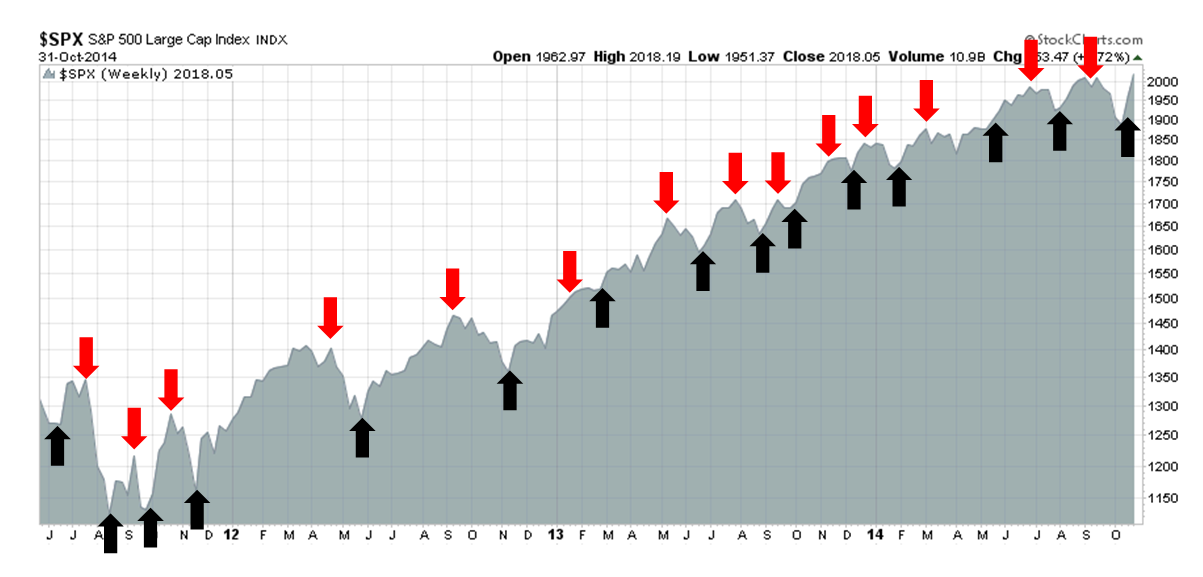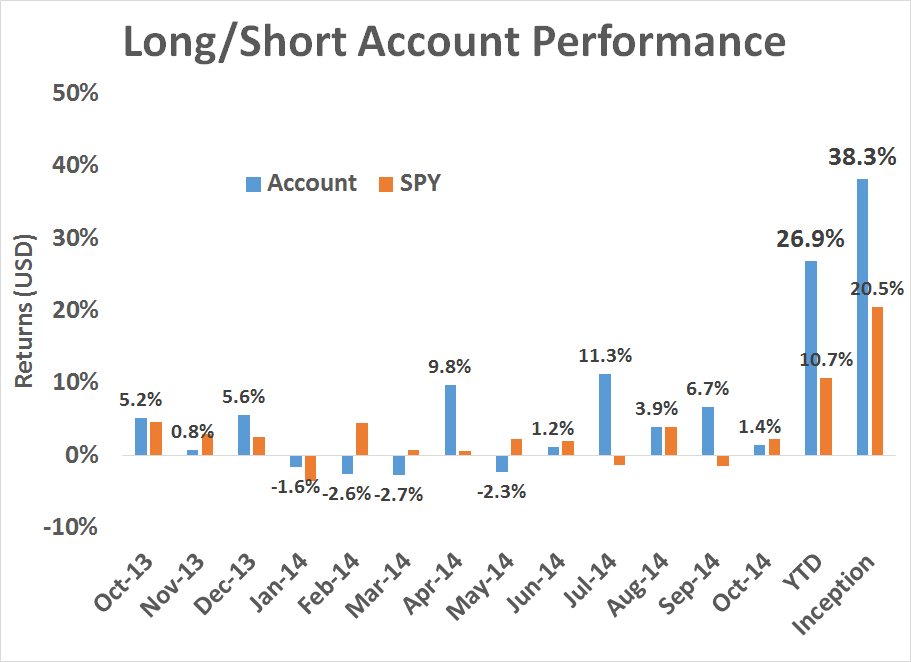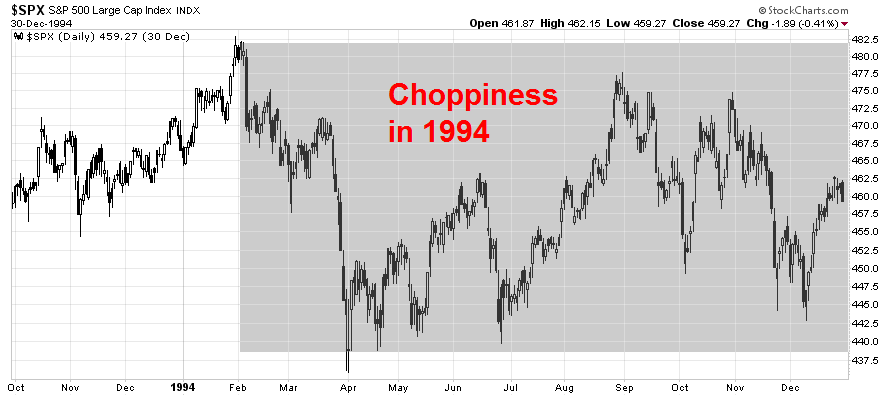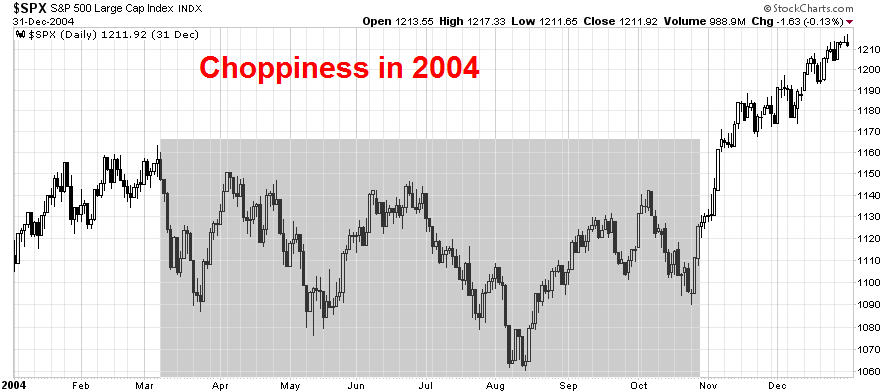This is the latest performance update on my long-short account based on my Trend Model signals (see An intriguing Trend Model interim report card). The October return for the Trend Model account was 1.4%; the one-year return was 35.1%; and the return from inception of September 30, 2013 was 38.3%.
I reiterate my disclaimer that I have nothing to sell anyone at this time. I am not currently in a position to manage anyone`s money based on the investment strategy that I describe.
Trend Model description
For readers who are unfamiliar with my Trend Model, it is a market timing, or asset allocation, model which uses trend following techniques as applied to commodity and global stock market prices to generates a composite Risk-On/Risk-Off signal (risk-on, risk-off or neutral). I have begun updating readers on the Trend Model signals on a weekly basis (for the last comment, see Enjoy the rally, but watch for the police raid) and via Twitter (@humblestudent) as new developments occur.
The chart below shows the actual (not back-tested) changes in the direction of the signal, which are indicated by the arrows, overlaid on top of a chart of the SP 500. You can think of the blue up arrows, which occurred when the trend signal changed from negative to positive, as buy signals and the red down arrows, which occurred when the trend signal changed from positive to negative, as sell signals.
Trend Model Signal History

A proof of concept
While the results from the above chart representing paper trading is always interesting, there is no substitute for actual performance. As a proof of concept, I started to manage a small account that traded long, inverse and leveraged ETFs on the major US market averages and, on occasion, sector and industry ETFs. Trading decisions were based on Trend Model signals combined with some short-term sentiment indicators. The inception date of the account was September 30, 2013 and the chart below represents an interim report card of that account.
When evaluating the performance of this trading account, keep in mind that this is intended to be an absolute return vehicle. While I do show the SPDR S&P 500 (ARCA:SPY) total return, which includes re-invested dividends, for illustrative purposes, the S&P 500 is not an appropriate benchmark for measuring the performance of this modeling technique.
October came in at 1.4%
The account was up 1.4%, during an extremely volatile period for the equity markets. The account was up 26.9% YTD. 35.1% for one year and 38.3% from inception (September 2013). However, I would also like to point out that turnover averaged close to 200% per month, so this strategy is not for everyone.
In line with the results for the last few months, this strategy continue to be promising:
- Returns are strong and the Trend Model is performing as expected.
- Returns are highly diversifying compared to major asset classes. They are uncorrelated with equities (correlation of -0.20 with SPY) and bonds (-0.29 with AGG).
I wished for volatility!
I had been wishing for some market volatility as a way of stress testing this model and I got it in spades in October. I wrote the following in last month's Trend Model report card:
While these results are promising, I consider the Trend Model to be untested by stressful markets. I continue to be concerned about how the Trend Model would behave at major market turning points. In the past year, equities have more or less been rising steadily without a correction of 10% and pullbacks have mostly been short and shallow. While account performance has been admirable during these minor market hiccups, the biggest test for the Trend Model is how it performs during the volatility seen in major corrections. In particular, how will the Trend Model navigate the initial downturn, the volatility of the bottoming period and the subsequent rally?
No substitute for actual trading
While the above chart of the Trend Model Signal History showed that this model navigated past volatile market well as it caught the tops and bottoms of both major and relatively minor stock market moves in choppy markets like 2011, that chart does not reflect the true market volatility of the time as it only shows weekly prices.
Here is a daily chart of the SPX for the months of September and October showing the exact days of the buy and sell (short) signals were generated.

An analysis of the above chart reveals two points. First, during volatile periods in the market, timing and execution matters. The act of perturbing the signals by a single day can substantially affect realized returns.
Second, while the sell signal did correctly forecast that the stock market would fall, the account did not make any money from this signal during the month from this bearish call. The horizontal line marks the closing price of the SPX at the end of September. By the time the Trend Model covered its short position, marked by the Buy signal, the SPX had already rallied above its September close.
I was happy to see that. despite the October market volatility, the account ended the month up 1.4%.
My key takeaway of this analysis is: "You can back-test and paper trade all you want, but there is no substitute for actual trading."
Best guess return expectations: 15-25%
Given the recent results, return expectations for the Trend Model trading strategy has been racheted up. It was indicative how outsized expectations are that, in a discussion I had with a business associate, the October return of 1.4% was interpreted as being disappointing - that is until we realized that 1.4% on an annualized basis comes to 18% a year.
To be sure, the Trend Model has benefited from an extremely favorable environment as the stock market has more or less risen in a straight line with very few hiccups. Under more normal market conditions, where the market can be expected to regularly correct 10% or more and move in a more choppy manner, this strategy is unlikely to perform as well in sideways and volatile environments. That`s why I had hoped to see greater market volatility in order to stress test this model.
In a recent post (see Getting close to a bottom, but not yet), I highlighted analysis from Macro Man, who postulated more choppy markets ahead because the Fed is in the process of withdrawing monetary stimulus:
From Macro Man's perch, this is not 2000, 2007, or any similar market-topping analogue. While there has been some financial excess, there is nothing like the kind of real economy excess to produce a proper meltdown/recession. As noted above, what we are observing is the start of a normalized volatility regime, at least in certain segments of financial markets. If anything, the proper historical analogue for next year will be 1994 or 2004- two years when stocks kind of scuffled as monetary policy was tightened for the first time in several years. (For fun, look what happened to USD/JPY on Valentine's Day 1994.)
If the market environment suggested by Macro Man is correct, then instead of the straight line rally that the US equity indices have been seeing for the last couple of years, we may see a more choppy market like this:

Or like this:

Given the return pattern of the Trend Model trading account observed in the past 13 month of its young life, my best wild-eyed guess of a more reasonable long-term USD return expectation of this strategy might be in the 15-25% per year, instead of the astounding 35-40% experienced so far.
Nevertheless, these results remain promising, though they are highly preliminary as the data is limited. I will be monitoring and reporting on them in the months to come.
Disclosure: Cam Hui is a portfolio manager at Qwest Investment Fund Management Ltd. ("Qwest"). This article is prepared by Mr. Hui as an outside business activity. As such, Qwest does not review or approve materials presented herein. The opinions and any recommendations expressed in this blog are those of the author and do not reflect the opinions or recommendations of Qwest.
None of the information or opinions expressed in this blog constitutes a solicitation for the purchase or sale of any security or other instrument. Nothing in this article constitutes investment advice and any recommendations that may be contained herein have not been based upon a consideration of the investment objectives, financial situation or particular needs of any specific recipient. Any purchase or sale activity in any securities or other instrument should be based upon your own analysis and conclusions. Past performance is not indicative of future results. Either Qwest or Mr. Hui may hold or control long or short positions in the securities or instruments mentioned.
